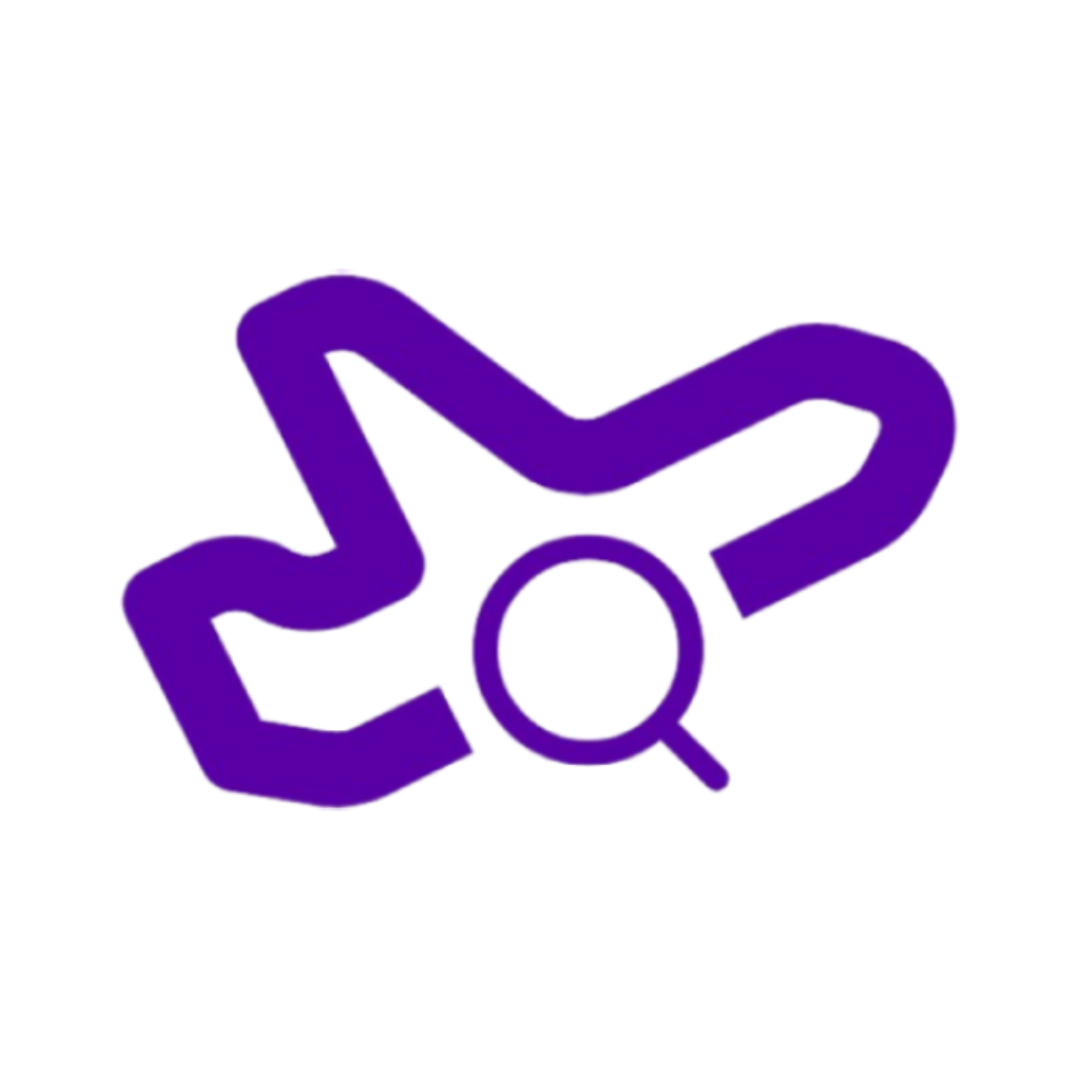Octokit
Octokit is the first text-to-game tool developed specifically for brands and agencies seeking gamification solutions on a tight budget and a flexible timeline. Users can create games, adjust settings, and handle game deployment and management post-launch.

Related Products about Octokit

a chrome extension that lets you chat with ChatGPT using your active tab, it is like having ChatGPT see your page and help you with whatever you need in one click.

Ai hndlr offers an open and simple AI user interfaces. An embeddable generative AI code chain. It empowers you to gain more audience base, and increase your conversion rate.

Screenwriting.AI is an innovative tool designed to assist screenwriters in creating compelling scripts. It uses advanced AI to suggest plot ideas, develop characters, and improve dialogue, making scriptwriting more efficient and creative.

Enjoy unlimited data science and analysis projects for a fixed monthly rate(From just $500). Our unique service helps you maximize your data potential without the unpredictability of variable costs.

fin.flights revolutionizes flight searches with advanced AI, delivering tailored results in seconds. Whether it's the best, fastest, or cheapest flight, our platform offers personalized solutions.

Dive into the heart of every place with stories. Histories brings locations to life, narrating their unique past. Explore ancient ruins, bustling cities, and tranquil spots hands-free. Enhance your travel with captivating facts, making each journey memorable.

QualityX aiTest is a unified Release QA platform for QA teams to release production-grade applications faster. QualityX aiTest AI Copilot automatically generates test cases and automation codes for web applications, APIs, cloud, ML, and LLMs. And, no coding required. It supports cross-browser testing across multiple devices and for all types of operating systems such as Android and iOS. It is a tool built by testers for testers, and we hope that you will enjoy using it.
